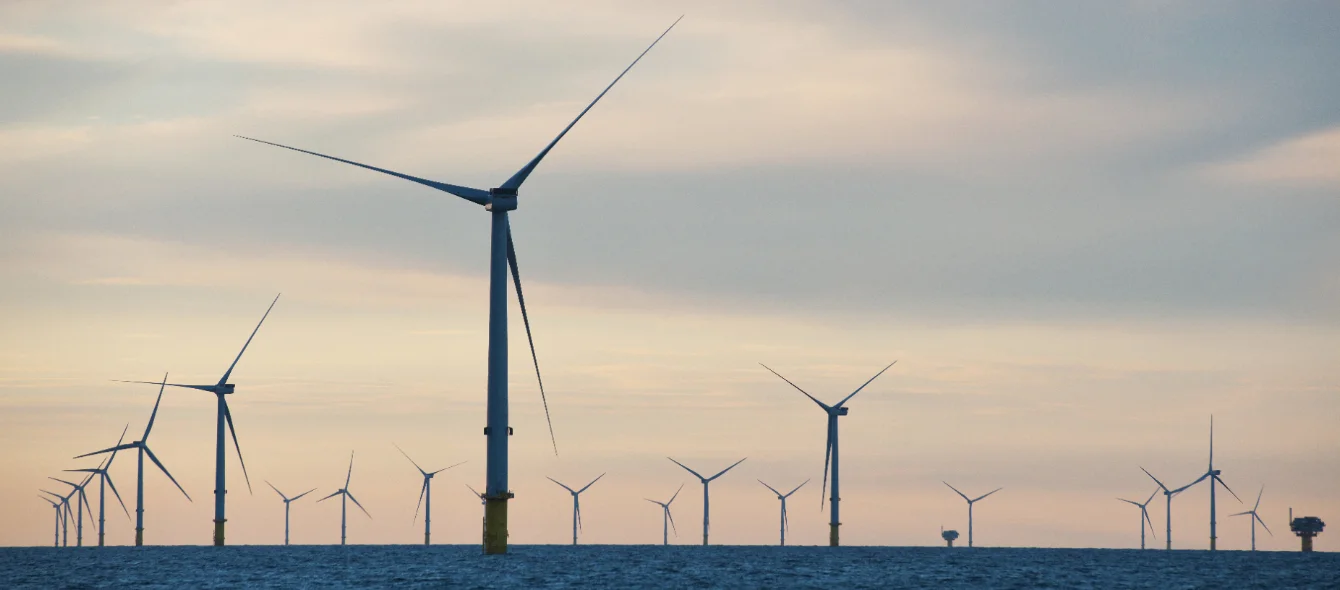Ever larger wind turbines are rising from the waves off Britain’s shores, generating clean renewable power, while oil and gas platforms and structures are being decommissioned.
According to industry body OGUK, this year alone should see 1.2 million tons of oil and gas infrastructure removed from UK waters alongside 350 kilometres of pipeline, much of which can be recycled or reused.
It is a huge shift for the offshore industry, one which is creating new centres of employment, for example at ports along the UK’s east coast to support major new offshore wind developments. And, as oil and gas activity declines in line with the UK’s net zero ambitions, the work environment for communities long dependent on fossil fuel extraction is changing.
However, many of the skills and much of the expertise gained in the oil and gas industry are transferable. Offshore wind and oil and gas in the UK are both first and foremost offshore industries, involving the construction of subsea and above-sea structures connected to shore, whether by pipelines or power lines. Both require specialised engineering skills and capacities in which the UK is a recognised leader.
Business transformation
There are increasing signs that the energy transition at industrial level is taking root. According to a recent survey by the Aberdeen and Grampian Chamber of Commerce, in 2018, oil and gas businesses in the heart of the UK’s oil country sourced 14% of their work from non-oil and gas activities, but, by October this year, this proportion had risen to 21%.
Moreover, companies, four out of five of which are actively planning change, see this proportion of new work rising to 33% by 2025 and 47% by 2030, with the leading source of new business being the offshore wind industry. 69% of companies in the sector expect revenues to rise in 2022 and overall headcount, particularly for core staff, is expected to increase, according to the survey.
Global spread
More evidence of the growing importance of offshore wind was revealed in a recent study by consultants Rystad Energy.
They found that spending on offshore wind in the UK outstripped spending on oil and gas last year and, while capital expenditure from the two industries has intersected before, last year represented a permanent tipping point from which there is likely to be no return.
While countries like the UK and Denmark are at the forefront, this is increasingly a global phenomenon.
Offshore wind spend for the whole of Europe is expected to surpass oil and gas in 2026. In the US, which has a target of 30 GW of offshore wind by 2030, up from 42 MW today, oil and gas investment levels are expected to fall below $10 billion annually from 2023 onwards, a level equalled by offshore wind from 2025 to 2030, the study found.
For the world as a whole, global oil and gas expenditure will rise slightly to $140 billion by the end of the decade, while offshore wind, which represents only one, albeit major, element of total spend on renewables, will jump 70% from $50 billion today to $87 billion in 2030.
